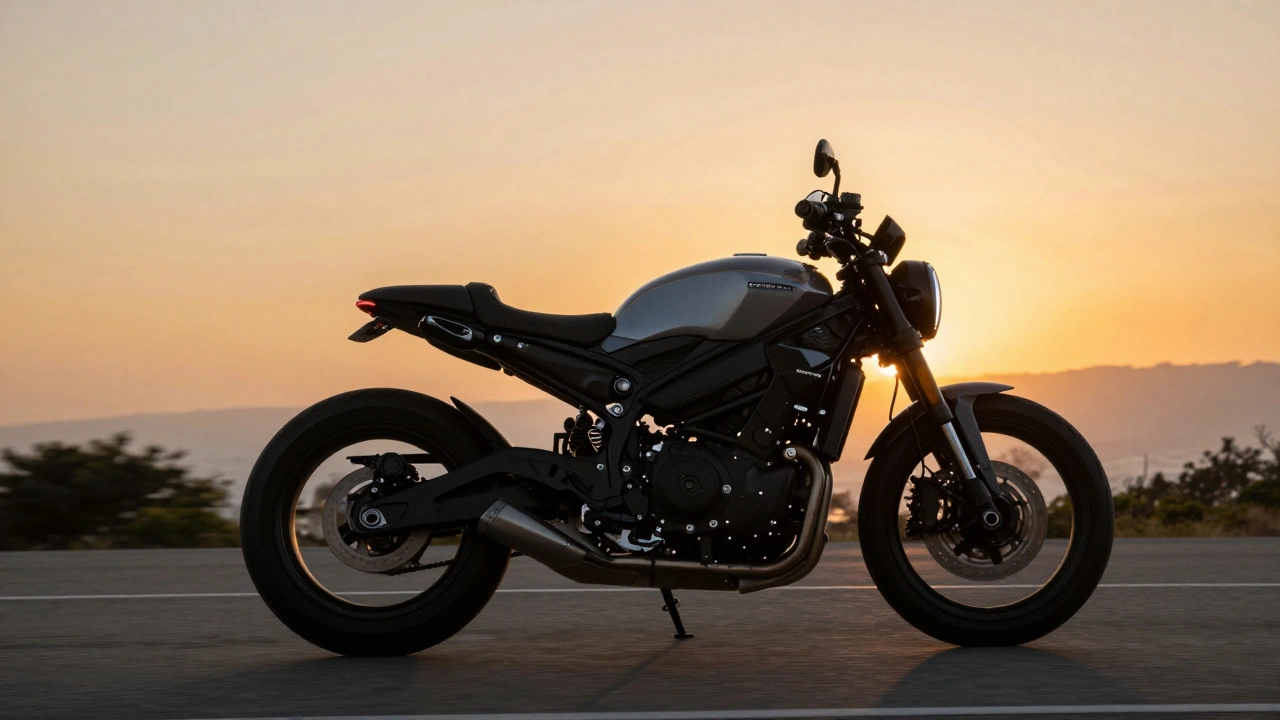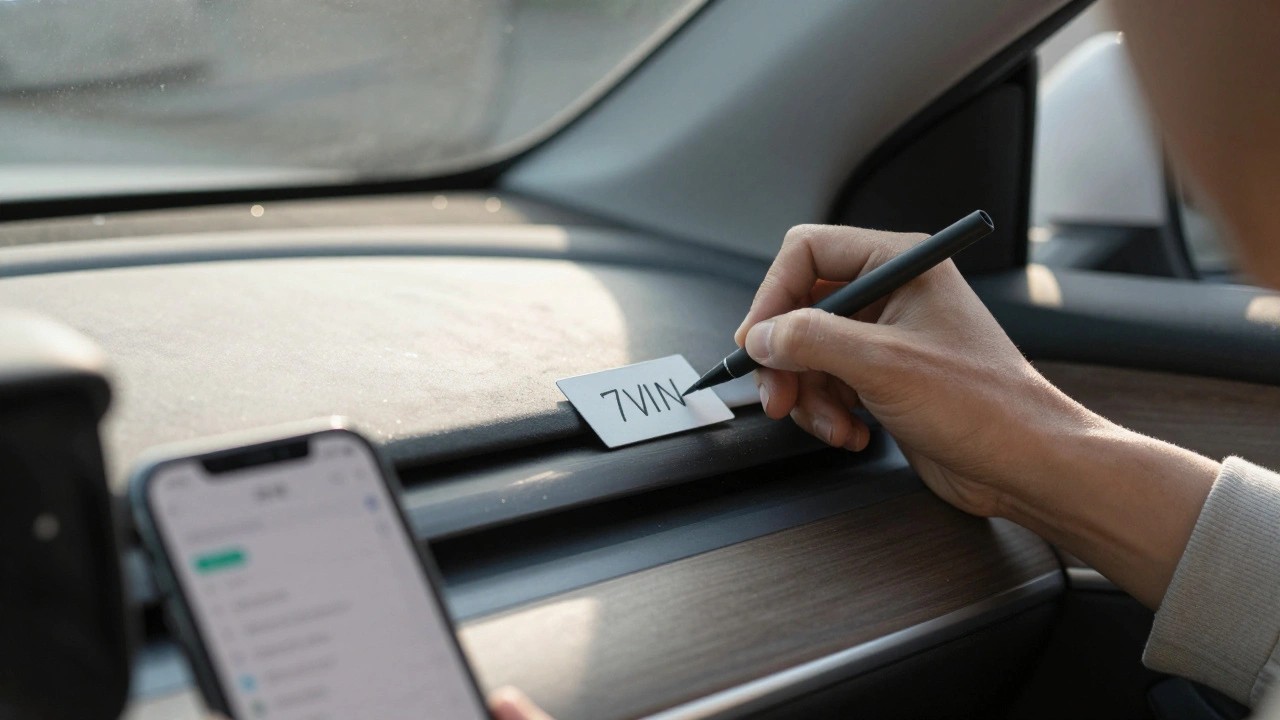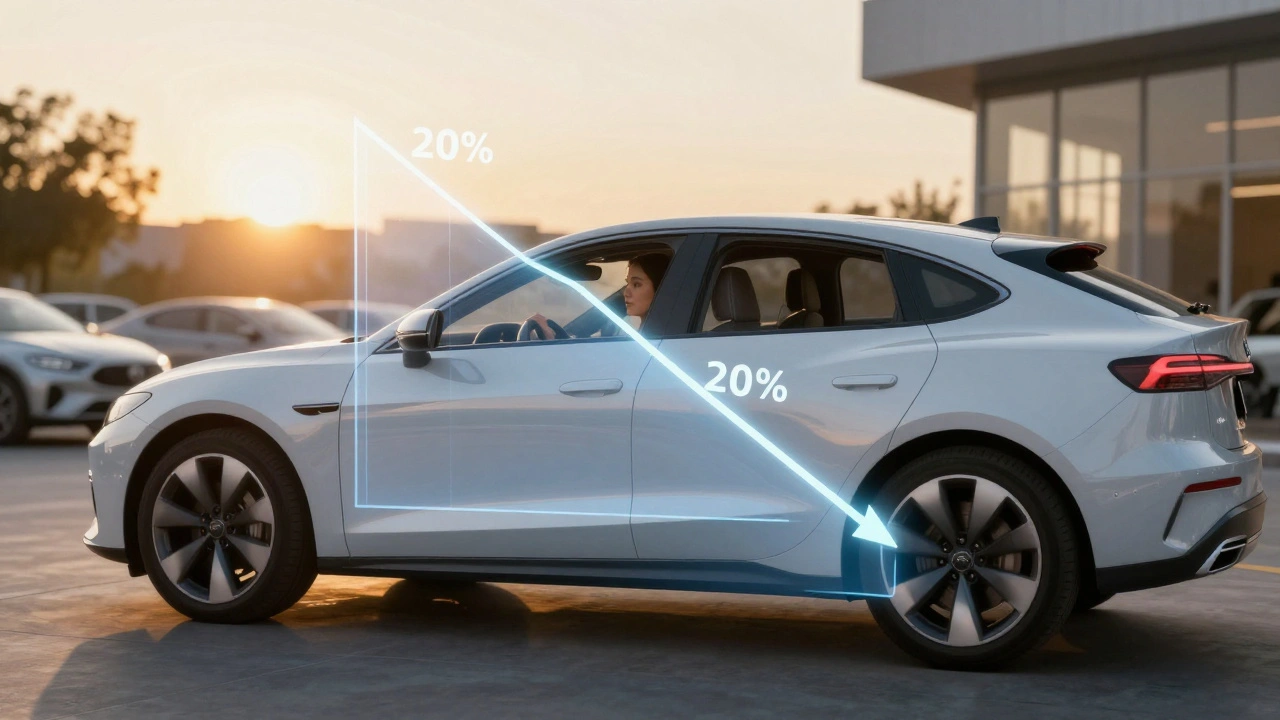Driver Monitoring: How Systems Keep You Safe on the Road
When you think about car safety, you might picture airbags or anti-lock brakes. But the quiet hero in today’s vehicles is driver monitoring, a system that watches the driver to prevent crashes caused by distraction or drowsiness. Also known as driver state detection, it uses cameras and sensors to spot when you’re not paying attention—and steps in before it’s too late. This isn’t science fiction. It’s in new cars from Toyota, Ford, and Hyundai, and even some used models now come with it built-in.
Driver monitoring works by tracking your eyes, head position, and eyelid movement. If you look away from the road for too long, blink slowly, or nod off, it beeps, vibrates the seat, or flashes a warning on the dash. It doesn’t replace your focus—it reminds you to keep it. These systems are especially useful on long highway drives, late-night trips, or when you’re tired from a long day. They don’t just protect you; they protect everyone else on the road. And they’re tied to other safety tech like lane-keeping assist and automatic emergency braking. When driver monitoring detects you’re distracted, it doesn’t just warn you—it activates other systems to help keep the car in line.
What makes driver monitoring different from other safety features is that it focuses on the driver, the human element behind the wheel. It’s not about the car’s sensors seeing a pedestrian or a stopped car—it’s about knowing if you’re even looking. That’s why it’s becoming mandatory in Europe and gaining traction in the U.S. as part of new safety standards. You’ll find it in everything from family sedans to delivery vans. And for fleet operators, it’s not just safety—it’s compliance. Companies use it to reduce accidents, lower insurance costs, and keep drivers accountable without micromanaging.
But it’s not perfect. Bright sunlight can mess with the camera. Glasses with thick frames or reflective coatings can confuse it. And if you’re just adjusting the radio, you don’t want the system screaming at you every time you glance sideways. That’s why the best systems learn your habits over time and adjust their sensitivity. They’re smarter than early versions, which were too eager to warn you for minor movements.
Behind the scenes, this tech is built on years of research into human behavior behind the wheel. Studies from the NHTSA show that distraction causes nearly 1 in 5 crashes. Driver monitoring directly targets that number. It doesn’t just react to danger—it tries to stop it before it starts. And as cars get more automated, this system becomes even more critical. If your car is doing most of the driving, you need to be ready to take over in a split second. Driver monitoring makes sure you are.
What you’ll find in the posts below are real-world stories and practical guides on how these systems work, how to use them right, and what to do when they glitch. You’ll see how they connect to things like truck fleet compliance, EV safety features, and even motorcycle rider awareness tools. Whether you’re a daily commuter, a road tripper, or someone who just wants to make sure they’re not the next statistic, this collection gives you the facts without the fluff.

Driver Monitoring: Drowsiness Detection and Alert Systems
- 14 Comments
- Oct, 18 2025
Driver monitoring systems use cameras and sensors to detect signs of drowsiness and alert drivers before they crash. Learn how these life-saving features work, who benefits most, and why they’re becoming standard in new cars.




